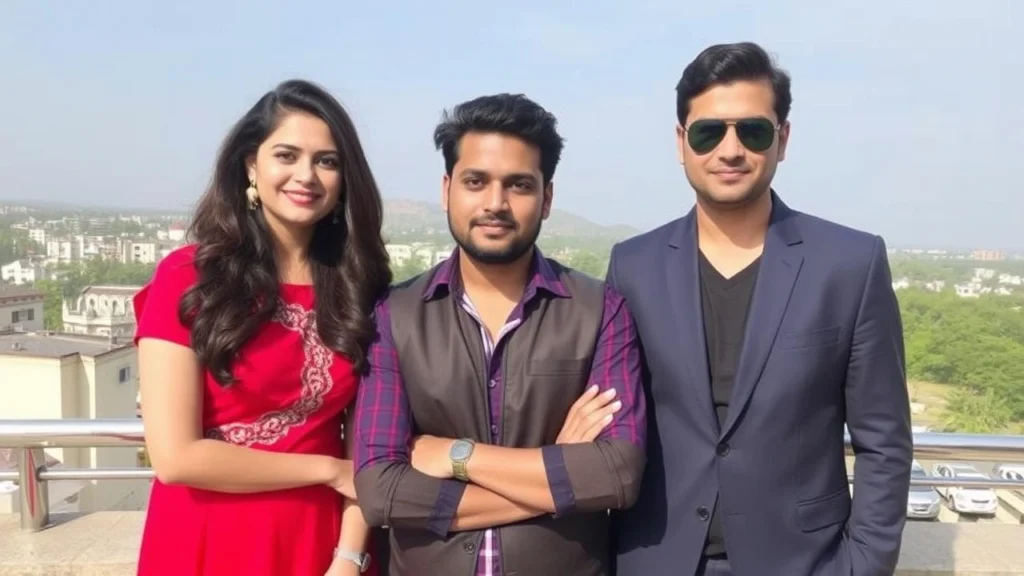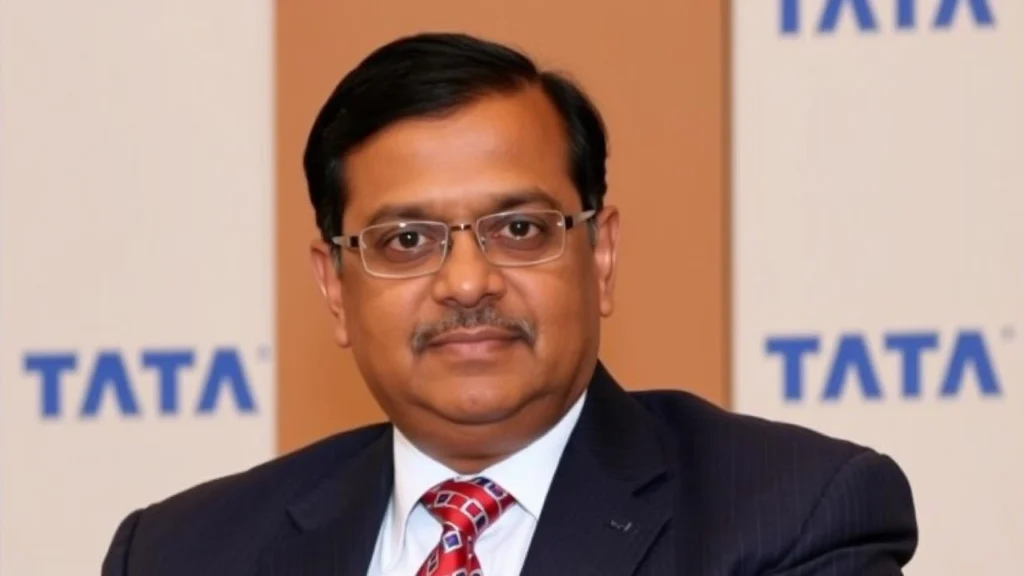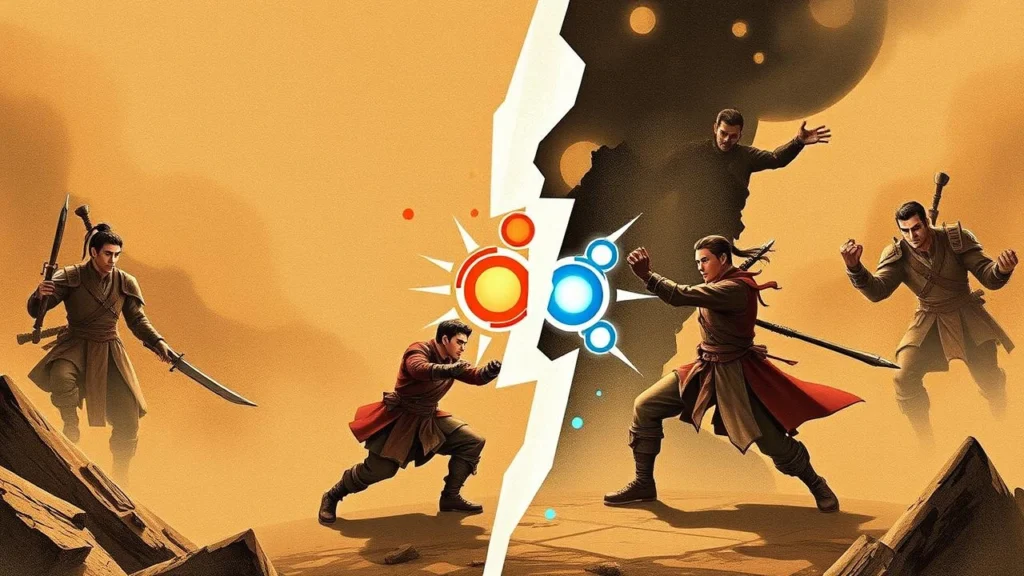North Korean television viewers had a treat just after New Year’s Day. The state broadcaster aired “72 Hours”, a new film, according to NK News, a North Korean-focused news site. The movie tells the story of the first three days of the Korean war and how the conflict was started by the evil South. (In fact, North Korea’s founder, Kim Il Sung, launched the initial attack.) Among the propaganda messages embedded in the tale, a big one is the importance of close ties with Moscow. The film’s fans include the Russian ambassador in Pyongyang, North Korea’s capital.
These days Russia and North Korea are writing a new battlefield history together. North Korea has dispatched some 12,000 troops to fight in Vladimir Putin’s war against Ukraine. The soldiers are believed to be some of North Korea’s most elite, hailing from the “Storm Corps”, a special-forces outfit whose lineage may trace back to units sent on a daring but ultimately unsuccessful mission to assassinate South Korea’s president in 1968. North Koreans began appearing at the Ukrainian front in early November and have entered in recent weeks into ever fiercer combat in Russia’s Kursk region, where Ukrainian forces seized territory last year.
The idea to send troops to aid Russia apparently originated from the North Korean side. The deployment brings big risks for Kim Jong Un, the country’s leader. The fighting has been gruelling. North Korean troops appear ill prepared for modern drone warfare and for the flat, open landscape around Kursk, unlike the mountainous terrain back home. On January 11th Volodymyr Zelensky, Ukraine’s president, said Ukraine had taken two North Korean soldiers prisoner. South Korean intelligence agencies estimate that perhaps 300 North Korean soldiers have been killed and another 2,700 wounded. Ultimately such losses “may influence North Korean society as well”, says Kim Yung-ho, South Korea’s minister of unification.
What does Mr Kim get in exchange? Probably more of the assistance that was already being sent in exchange for North Korean ammunition: fuel, food and other resources, which help North Korea withstand Western sanctions. Since North Korea began aiding Russia’s war effort around mid-2023, there have been “unprecedented levels of traffic” observed in satellite imagery of customs areas between the two, says Victor Cha of the Centre for Strategic and International Studies, an American think-tank. South Korean intelligence agencies reckon the North Korean state may be receiving as much as $2,000 per month for each soldier it sends.
North Korea is also seeking higher-end capabilities. Designs for intercontinental ballistic missiles and re-entry vehicles, as well as submarine and satellite technology, are thought to be on the wishlist. Such assistance can be harder to spot. “It’s a blueprint in a suitcase; we won’t necessarily see it,” says Bruce Klingner of the Heritage Foundation, another American think-tank.
Western governments assess that Russia has become more willing to share technical knowledge that it once considered off-limits. During a recent visit to South Korea, Antony Blinken, America’s secretary of state, said that America believes Russia intends to share advanced space and satellite technology with North Korea in exchange for battlefield help.
Yet the exchange goes beyond material goods or weapons designs. There is also a “softer tech transfer” taking place, says Peter Ward of the Sejong Institute, a South Korean think-tank. North Korea can see how its ammunition and missiles perform in real battlefield conditions and against Western air-defence systems. Soldiers are also getting rare real-world exposure to the front, and have an opportunity to learn from Russia’s experience of modern warfare. But the most vivid lesson appears to be about the importance of drones and electronic warfare on modern battlefields. In November Mr Kim visited a North Korean factory to inspect drone demonstrations and ordered large-scale production of suicide-drones.
There are limits to what can be gleaned. Russia may be keener to use North Korean troops as cannon fodder than to involve them in sophisticated operations. Many of the soldiers will never make it back to North Korea, says Jenny Town of the Stimson Centre, a think-tank in Washington. Those who do survive may learn plenty that their regime prefers they had not. Controlling access to information among soldiers on the front is tricky. Troops may also be able to see how wealthy Russia and Ukraine are by comparison with their homeland. “They will come back with valuable experience, but possibly also dangerous ideas,” says Andrei Lankov of Kookmin University in Seoul.
Mr Kim has clearly decided the potential rewards outweigh any risks. The ultimate prize may be forging a longer-term strategic partnership that outlasts the war in Ukraine itself. Sending soldiers to die for Mr Putin’s ambitions is certainly one way to signal commitment. As Ms Town puts it: “There’s a blood debt now.”
The Economist Newspaper Limited. All rights reserved. From The Economist, published under licence. The original content can be found on www.economist.com
#North #Korea #gains #sending #troops #fight #Russia






